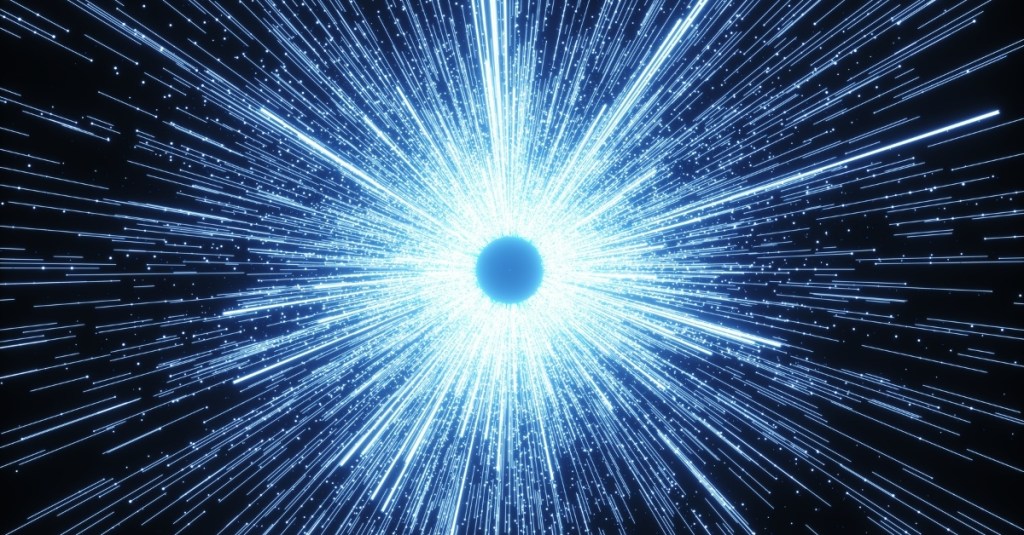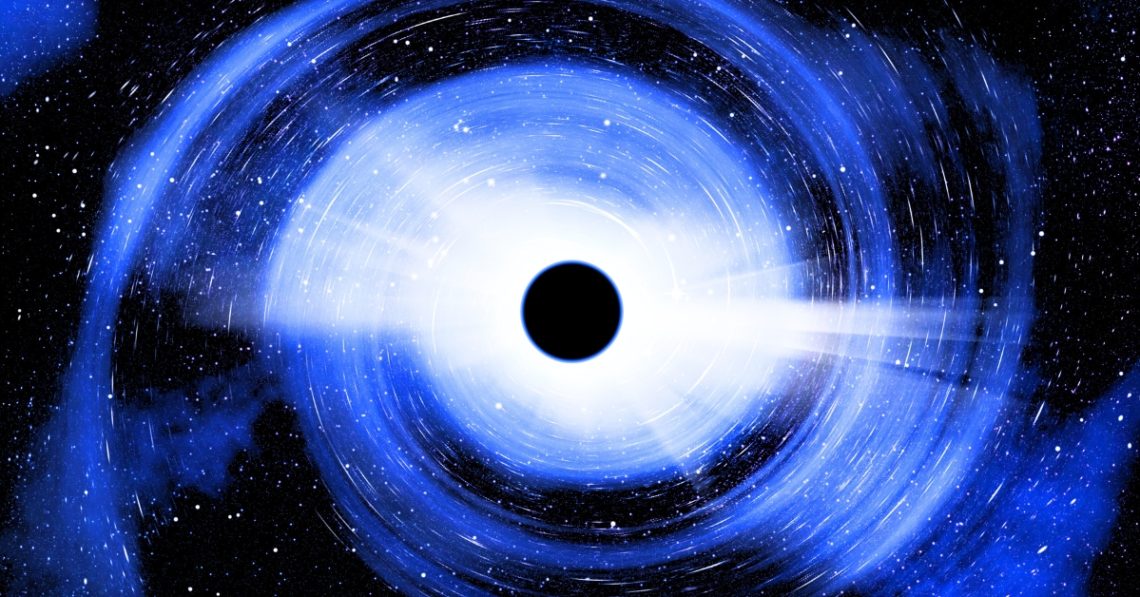About 10 billion years ago, a black hole decided it needed to eat. The meal, a star roughly 30 times the mass of the Sun, didn’t stand a chance. As the black hole ripped it apart, the event unleashed a flare brighter than 10 trillion Suns, the most powerful ever recorded.
The light from that eruption has been traveling ever since, only reaching Earth in 2018. Astronomers identified the source as J2245+3743, a supermassive black hole sitting in a distant galaxy. Within months, it brightened by a factor of 40 and reached a peak intensity that dwarfed every known black-hole flare on record. “The energetics show this object is very far away and very bright,” Caltech astrophysicist Matthew Graham, lead author of the study in Nature Astronomy, told Caltech News. “This is unlike any AGN we’ve ever seen.”
These outbursts, known as tidal disruption events, happen when a black hole pulls a star too close, tearing it into a stream of gas that spirals inward. The material forms a disk that glows as it’s swallowed, releasing more energy than most galaxies produce in a year.

Astronomers Found a Black Hole Flare So Bright It Makes the Sun Look Pathetic
The star that J2245+3743 devoured may have been unusually massive. “Stars this massive are rare, but we think stars within the disk of an AGN can grow larger,” said K. E. Saavik Ford of the City University of New York. The same disk that eventually destroyed the star might have fed it first.
At its peak, the flare emitted energy equivalent to converting the Sun’s entire mass into pure radiation. Even now, it remains two magnitudes brighter than before the event began. And we’re watching it all in slow motion.
Because of the expansion of the universe, the light reaching Earth has been stretched—what scientists call cosmological time dilation. “Seven years here is two years there,” Graham explained. “We are watching the event play back at quarter speed.”
The team believes more hidden examples may already exist in astronomical archives, mistaken for smaller flares. They’re starting to look.
Whatever happened at J2245+3743 is finished. The light we’re seeing is a fascinating time delay.
The post Scientists Detected a Black Hole Flare So Massive It Outshines 10 Trillion Suns appeared first on VICE.




